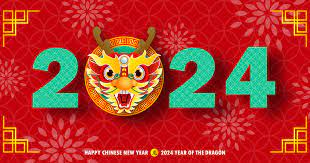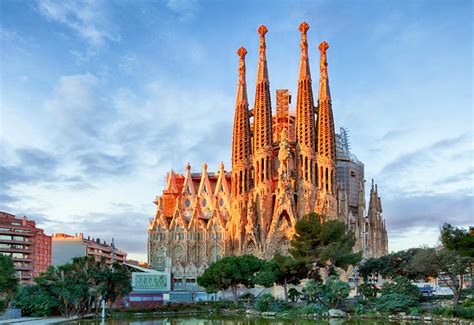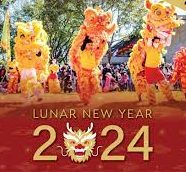
While New Year’s Day is typically considered the first day of the year, January 1st, Lunar New Year has a different date. In Asian countries, including China, Vietnam, the Phillippines, Singapore, Indonesia, and South Korea, the Lunar New Year is one of the most significant holidays. The Lunar New Year starts on the first day of the lunar calendar; therefore, it is different from the Gregorian New Year, which begins on the first day of the Gregorian calendar. The Lunar New Year is also different from the Solar New Year, the date of the sun’s entry into the constellation Aries. Based on 12 months, the lunar calendar is approximately 11 days shorter than the solar year. A lunar day lasts 24 hours and 50 minutes in the lunar calendar, compared to 24 hours in the solar day. This year, Lunar New Year’s Day was February 10th, more than one month apart from the Gregorian New Year. During the Lunar New Year, people honor their ancestors, pray for a good harvest, and ask their ancestors to prevent evil spirits from harming people and putting bad luck on them. The traditional foods for the Lunar New Year are dumplings, fish, cured meat, spring rolls, longevity noodles, good fortune fruit, eight treasures rice, and rice balls. People participate in various festival activities such as lion dance, dragon dance, temple fairs, mahjong, and, most popularly, exchanging red envelopes. The red envelope ‘Hongbao’ symbolizes good wishes and luck, as the color red relates to good luck and prosperity in East Asian cultures. This envelope is popular because the envelope contains money, usually with the amount of cash with even numbers traditionally considered auspicious. The fun rule behind the red envelope is that it should never be opened in front of the person giving the gift and must be presented and accepted with both hands. Therefore, although there are many differences between the Gregorian New Year and the Lunar New Year, both are essential dates when people wish for a fresh and refreshing start and send their luck to each other.

















